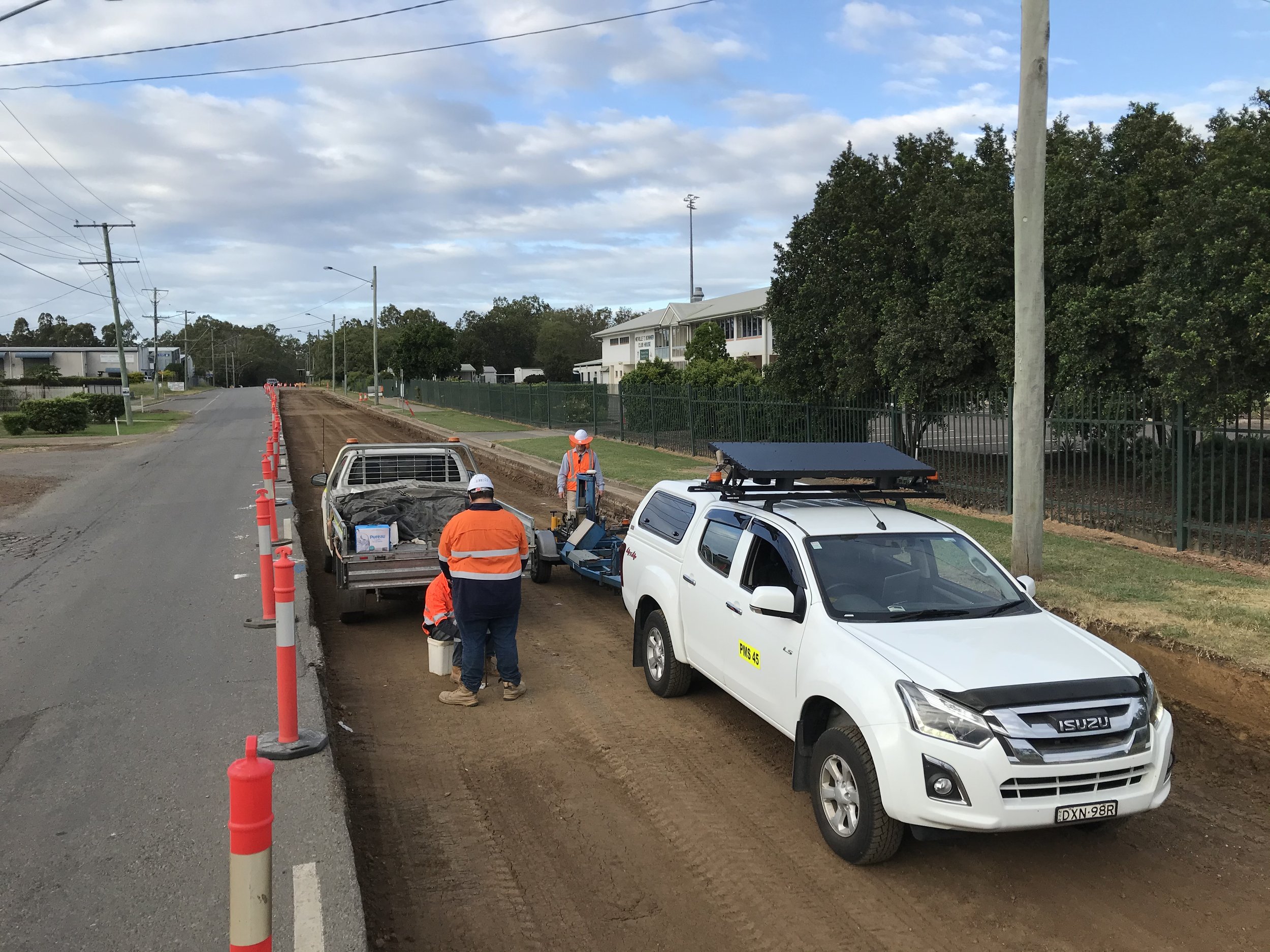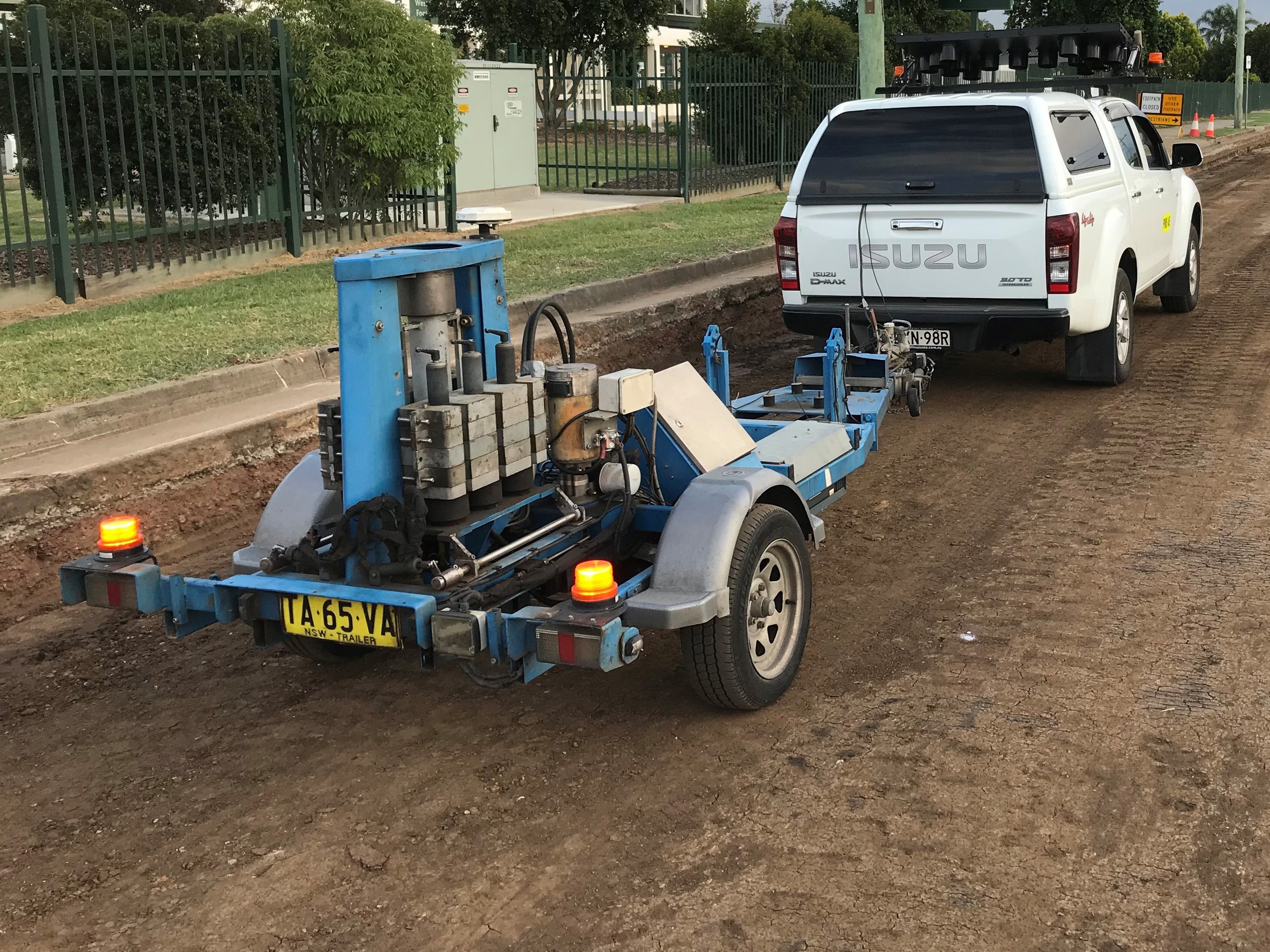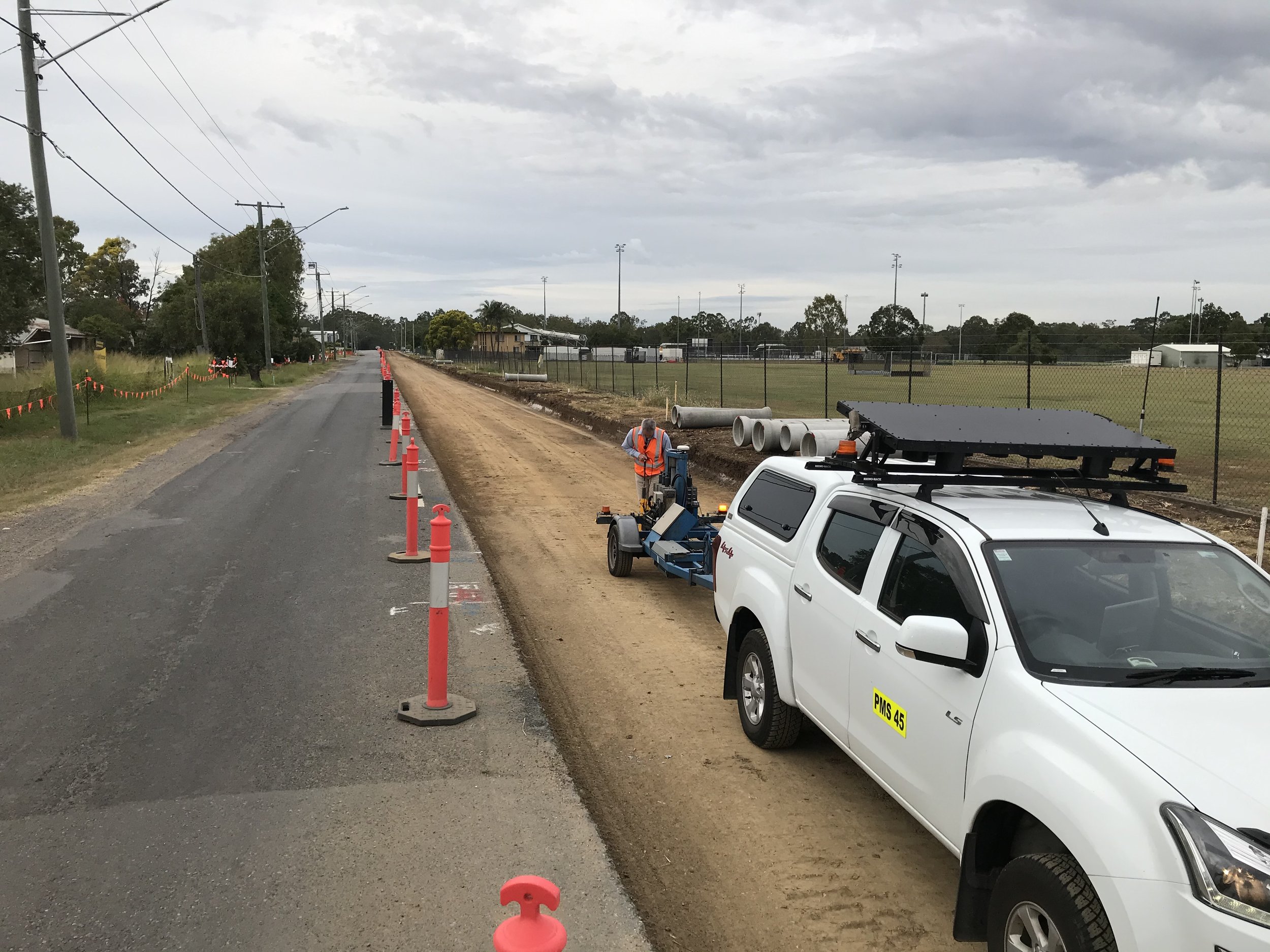Case study: How to fix a weak subgrade
When a road shows ongoing structural defects like fatigue cracking, pavement failures, potholes and multiple heavy patches, you have to take a deeper look at the cause of the problem. Sometimes, this means going all the way down to the subgrade.
When evaluating the longevity and performance of pavement structures, one important factor that cannot be overlooked is the quality of the subgrade layer during construction. A lack of proper quality control in such a critical phase can, in this case, lead to the same pavement distresses previously seen on the site.
To address this concern, our team tested the subgrade to evaluate whether it had met the required design stiffness modulus and density standards during its construction.
During the investigation for the pavement design, non-destructive structural evaluations were carried out using the Falling Weight Deflectometer (FWD) and laboratory geotechnical tests. These tests revealed a subgrade that was expansive and of low strength, so lime stabilisation was ultimately considered as the solution.
As for the pavement design, a specific method was chosen from Austroads Guide Part 2. However, there were concerns about how to design the lime-stabilised layer and determine its material properties, which led to further investigation and analysis.
Overall, the FWD proved to be a valuable tool for assessing pavement subgrade and pavement layer moduli before and during constriction.
To learn more about the FWD, please read the technical brochure. Click here to download a free copy.




